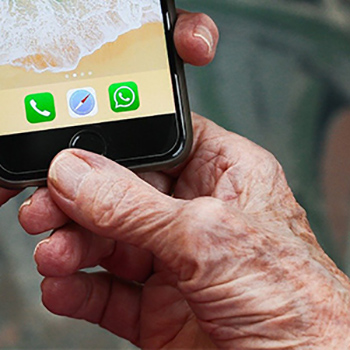Keywords
Telemonitoring, geriatric risks, MyPredi, e-platform, GER-e-TEC study
Abstract
Introduction: We tested the MyPrediTM e-platform which is dedicated to the automated, intelligent detection of situations posing a risk of decompensation in geriatric patients.
Objective: The goal was to validate the technological choices, to consolidate the system and to test the robustness of the MyPrediTM e-platform through daily use.
Results: The telemedicine solution took 3,552 measurements for a hospitalized patient during her stay, with an average of 237 measurements per day, and issued 32 alerts, with an average of 2 alerts per day. The main risk was heart failure which generated the most alerts (n=13). The platform had 100% sensitivity for all geriatric risks, and had very satisfactory positive and negative predictive values.
Conclusion: The present experiment validates the technological choices, the tools and the solutions developed.
References

Views: 757
HTML downloads: 58
PDF downloads: 593
Published:
2020-12-10
Issue:
2020: Vol 7 No 12
(view)










